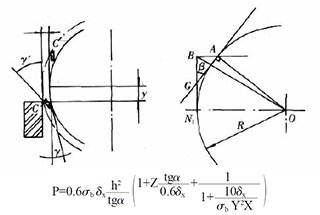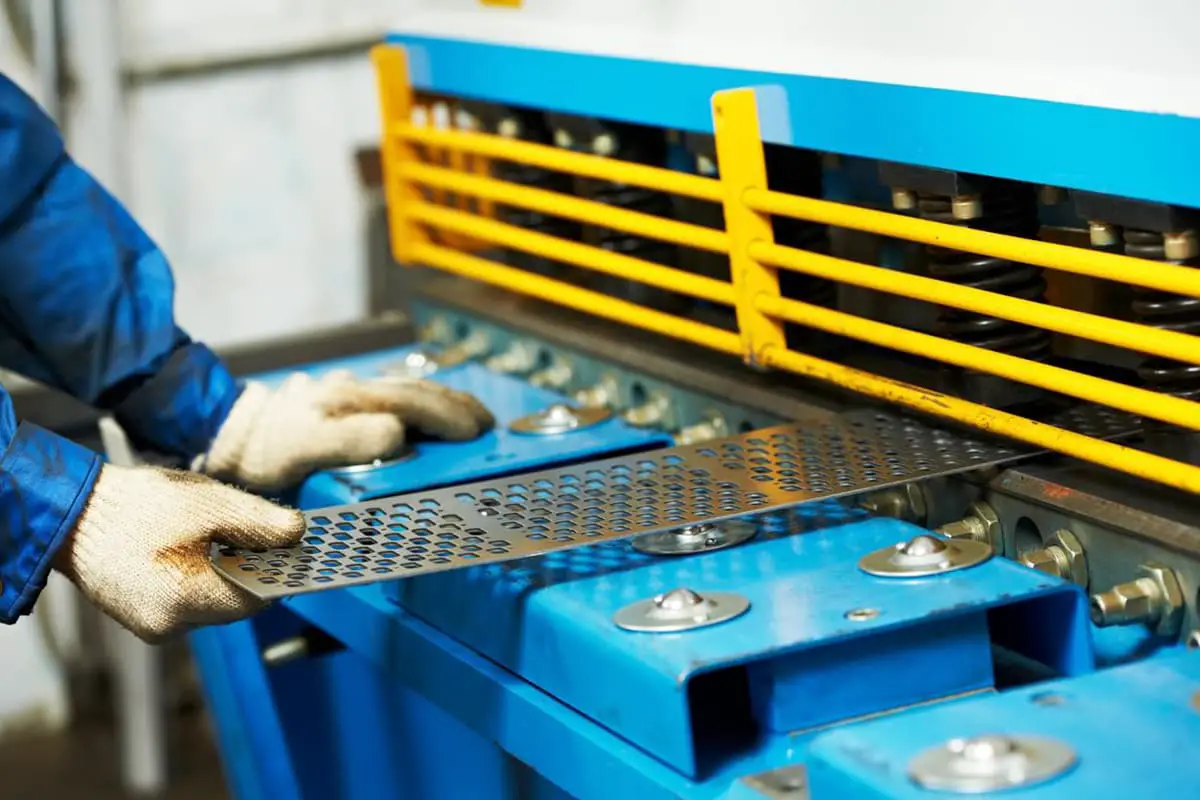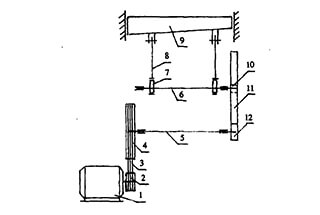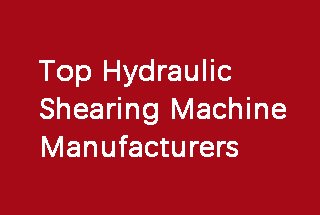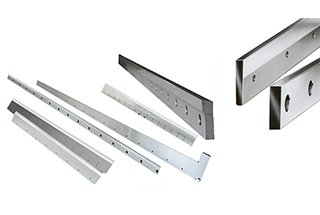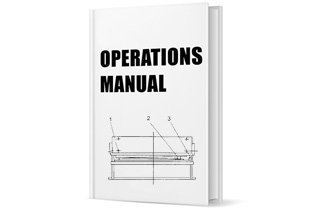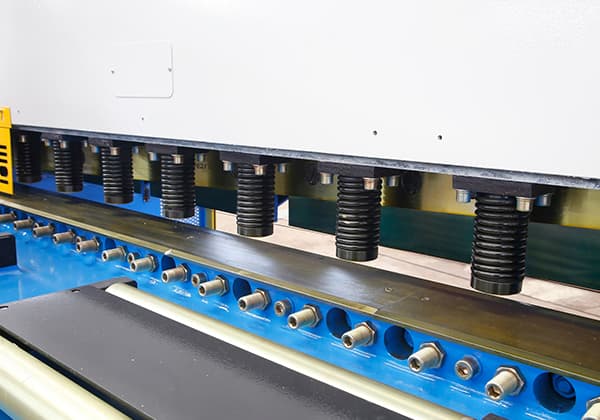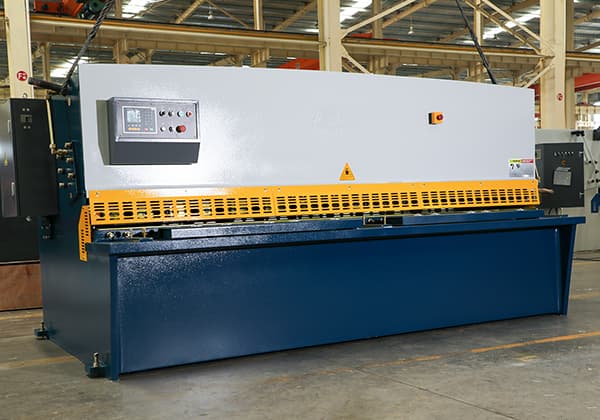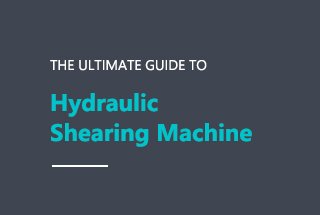
Have you ever wondered how factories achieve precise metal cuts with minimal effort? Enter the notching machine, a versatile tool used to cut metal plates at various angles. This article explores the types of notching machines, their features, and their operation. By the end, you’ll understand how these machines improve efficiency and safety in industries ranging from automotive to shipbuilding. Discover how notching machines can revolutionize metalworking processes with their precision and ease of use.

Notching machines are a type of equipment used for cutting metal plates.
There are two types of notching machines: adjustable angle and non-adjustable.
The adjustable angle range is between 40° and 135°, and the angle can be adjusted to the desired position within this range.
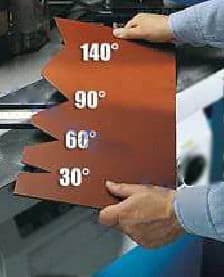
The main structure of the notching machine is made of sturdy and durable steel plate.
The standard machine comes equipped with all the necessary tools to meet the processing needs of most sheet metal processing plants.
There is no need to create a separate set of molds, as is common with punch presses, to process workpieces with a specific angle or thickness.
The angle notching machine has several advantages over punch presses, including:
This notching machine is ideal for shearing metal plates and is widely utilized in various industries such as automobile manufacturing, shipbuilding, elevators, electrical equipment, pipes, cookware, and stainless steel products.
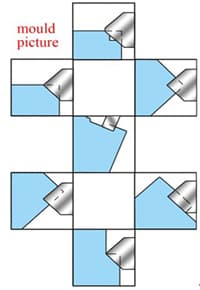
Notching machines can be classified into three categories: pedal-operated, pneumatic, and hydraulic.
Additionally, notching machines can be further divided based on the angle of the blades at both ends into adjustable angle and fixed angle machines.
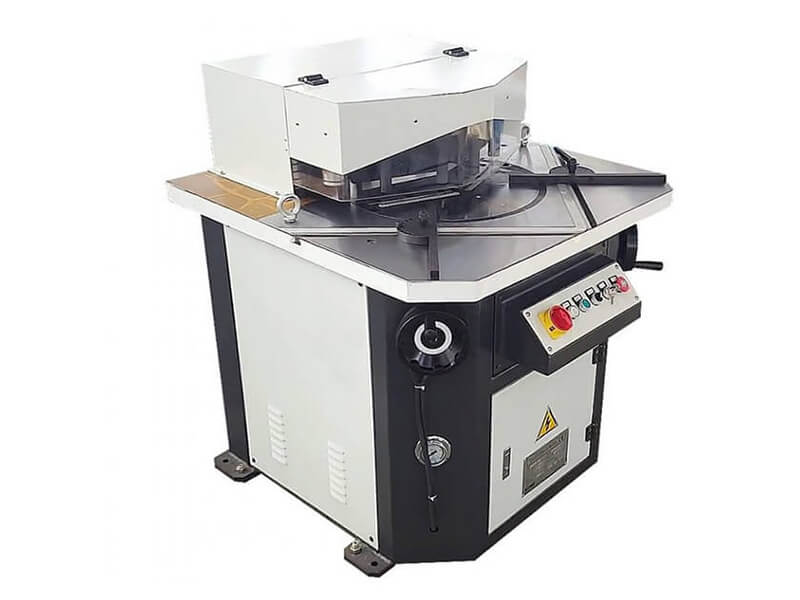
Adjustable angle hydraulic notching machines boast a broad range of cutting angles and remarkable cutting accuracy. With a cutting angle range of typically 40-135 degrees, these machines offer versatility and precision in the cutting process. The angle can be adjusted within this range to achieve optimal cutting results, making it suitable for cutting various materials with different thicknesses. The machine can be adjusted for symmetrical or asymmetrical processing. Additionally, the cut edge of the plate is left with a smooth finish.
On the other hand, fixed angle hydraulic notching machines have a shearing angle of 90 degrees, which provides fast cutting speed, a compact structure, and a small volume. These machines are also known for their ease of operation.

The pedal mode of operation, as the name suggests, is activated by using the pedal, which not only reduces the labor involved but also significantly increases the efficiency of the work. The scissors in pedal notching machines are made of silicon, which provides durability and resists damage and collapse of the blades.
This machine primarily uses pneumatic transmission and is designed for shearing square metal boxes and corners of metal disc boxes. The machine is characterized by its relatively lightweight design, attractive and modern appearance, and reliable shearing quality.
This cutting machine is equipped with hydraulic transmission and is a cutting-edge technology designed for quickly and accurately cutting triangular notches on the edges and corners of metal plates. It boasts both ample strength and resilience, making it a versatile tool for various hardware processing industries. This type of notching machine is widely used and highly sought after in the current market.
The double station hydraulic notching machine is an upgrade to the original angle cutting machine. By utilizing a specialized die, this machine is capable of performing punching, grooving, bending, and corner cutting, which expands its range of applications.
Notching machines mainly include two types: fixed angle notching machines and adjustable angle notching machines. The following are their performance characteristics:
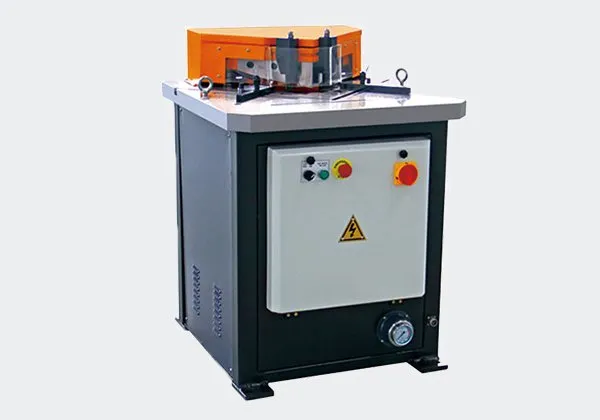
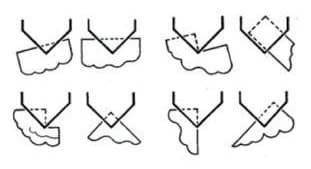
1.1 Startup:
① Turn the main power switch to the “on” position.
② Rotate the emergency stop button clockwise to open it.
③ Press the oil pump start button.
④ Use the selector switch to choose between inching and single time modes.
⑤ Adjust the ruler to the desired shear angle size, lock it in place, and position the workpiece.
⑥ Press the foot shear switch to initiate the cutting process.
1.2 Commissioning:
Before angle cutting, it is important to perform a test run. To do this:
1.3 Gear confirmation and adjustment:
Before angle cutting, make sure that the gear is adjusted to the specified position.
1.4 Angle cutting
1.4.1 Before angle cutting, remove any burrs on the edge of the plate.
1.4.2 The angle cutting should be performed close to the gear surface.
1.4.3 After angle cutting is completed, any residual material will fall into the residual material box located behind the machine body. It is important to clean the box regularly.
1.5 Shutdown
To turn off the machine, follow these steps:
2.1 Adhere strictly to the safety operation regulations and wear the required personal protective equipment.
2.2 Keep the workbench clear of all tools and other materials, and maintain sufficient clear space in the working area.
2.3 During operation, never place your hands near the cutting edge and avoid touching the foot switch while looking at the line or handling the workpiece to prevent accidents.
2.4 If any faults occur during operation, immediately press the emergency stop device. After the machine has stopped, turn off the power supply for maintenance, which should be performed by professional personnel.
2.5 After shutting down the machine, do not press the switch or adjust the travel randomly to prevent damage to the buttons and molds.
2.6 Only authorized personnel are allowed to start or operate the machine tool. No unauthorized personnel are allowed to do so without permission.
3.1 Before starting the machine, remove any foreign matter and metal debris from the angle cutting machine and check the electrical switches, cables, and fasteners to ensure they are normal and secure. Before performing maintenance or cleaning, lower the tool mold and shut down the machine.
3.2 Hydraulic Oil Circuit
3.2.1 Check the oil level in the oil tank every week, and also check it if the hydraulic system is being repaired. Under normal operating conditions, the oil level should be maintained at 2/3 of the dipstick and not fall below the red line.
3.2.2 The machine uses #46 anti-wear hydraulic oil.
3.2.3 The newly purchased notching machine should have the hydraulic oil replaced after one year of use, and then every two years thereafter. To replace the hydraulic oil, clean the oil tank, replace the filter element, and use a special oil filter truck to inject new hydraulic oil into the tank. After filling the oil, the machine can be put into normal use after being started and idled for 8 hours.
3.3 Filter
3.3.1 Replace or thoroughly clean the filter during each oil change.
3.3.2 If the machine tool displays an alarm or shows signs of unclean oil quality, replace the filter.
3.3.3 Inspect and clean the air filter on the oil tank every 3 months, and replace it once a year if possible.
3.4 Lubricate the moving parts every week and use clean lubricating oil.
3.5 After operation, clean the upper knife, lower mold, machine body, and surrounding area.
If any problems occur during operation of the equipment, immediately shut down the machine and turn off the power for inspection. Resume operation only after the issue has been resolved.
If the operator is unable to handle the equipment fault, they should promptly report the problem to the equipment management personnel.
In the event of an injury, remain calm and avoid panicking. If possible, take steps to ensure the safety of yourself and others, and notify relevant personnel to perform emergency rescue for the injured.
After emergency treatment has been provided, inform the workshop safety management personnel immediately. The workshop safety management personnel will then respond to the site for follow-up treatment.
The extent of the injury will dictate the appropriate course of treatment. If on-site rescue is not possible, promptly dial for emergency medical assistance and report the situation to the leader.

